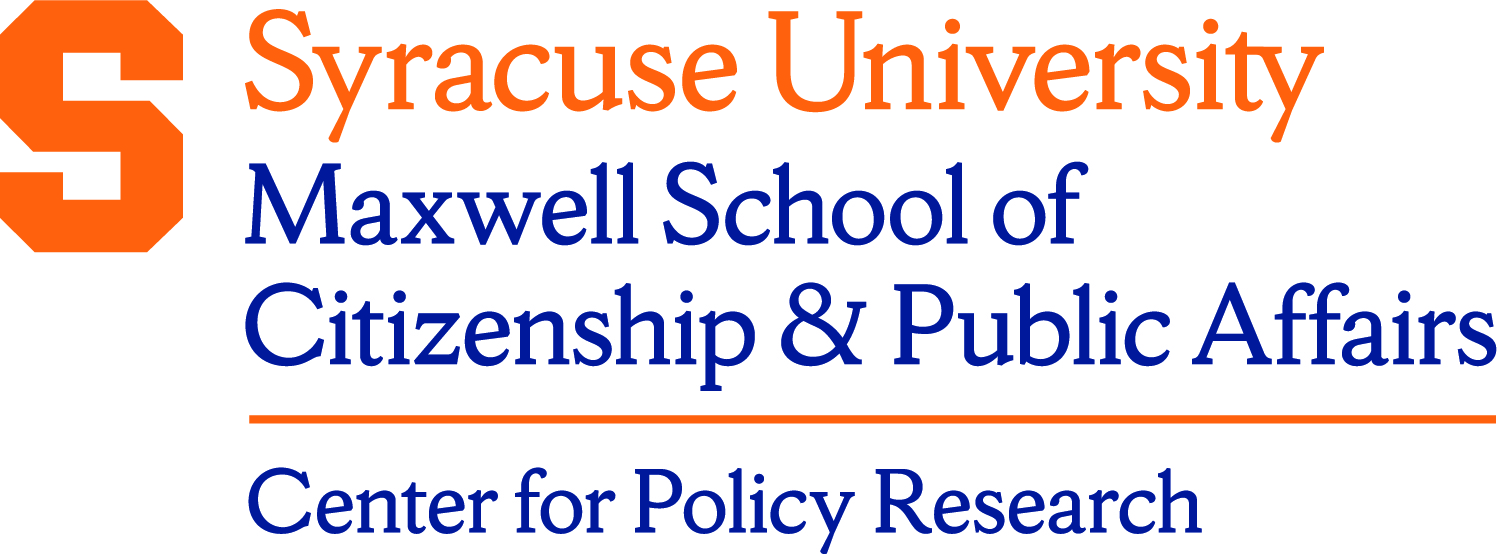Description/Abstract
In the United States and Europe there has been renewed interest in subsidizing firms that employ disadvantaged workers as a means of addressing poverty and other social problems. In contrast, the prevailing practice is largely to provide social welfare benefits directly to individuals. Which approach is better? We re-examine the relative merits of employee- versus employer-based labor market subsidies and conclude there are good reasons to continue to rely on the direct, employee-based approach. In practice, low-wage workers are seldom either low-skill or low-income workers. Furthermore, workers who might quality for a firm-based subsidy are reluctant to so identify themselves for fear of being stigmatized or labeled as "needy." Thus, employer-based subsidy programs have lower participation rates and correspondingly higher per capita expenditures than employee-based subsidy programs.
Document Type
Policy Brief
Date
1999
Keywords
Social welfare, labor market subsidies, welfare and poverty, welfare programs, wage differentials
Language
English
Series
Reports Series
Disciplines
Social Welfare
Recommended Citation
Dickert-Conlin, Stacy and Holtz-Eakin, Douglas, "Helping the Working Poor: Employer- vs. Employee-Based Subsidies" (1999). Center for Policy Research. 29.
https://surface.syr.edu/cpr/29
Source
Metedata from RePec
Creative Commons License

This work is licensed under a Creative Commons Attribution 3.0 License.



